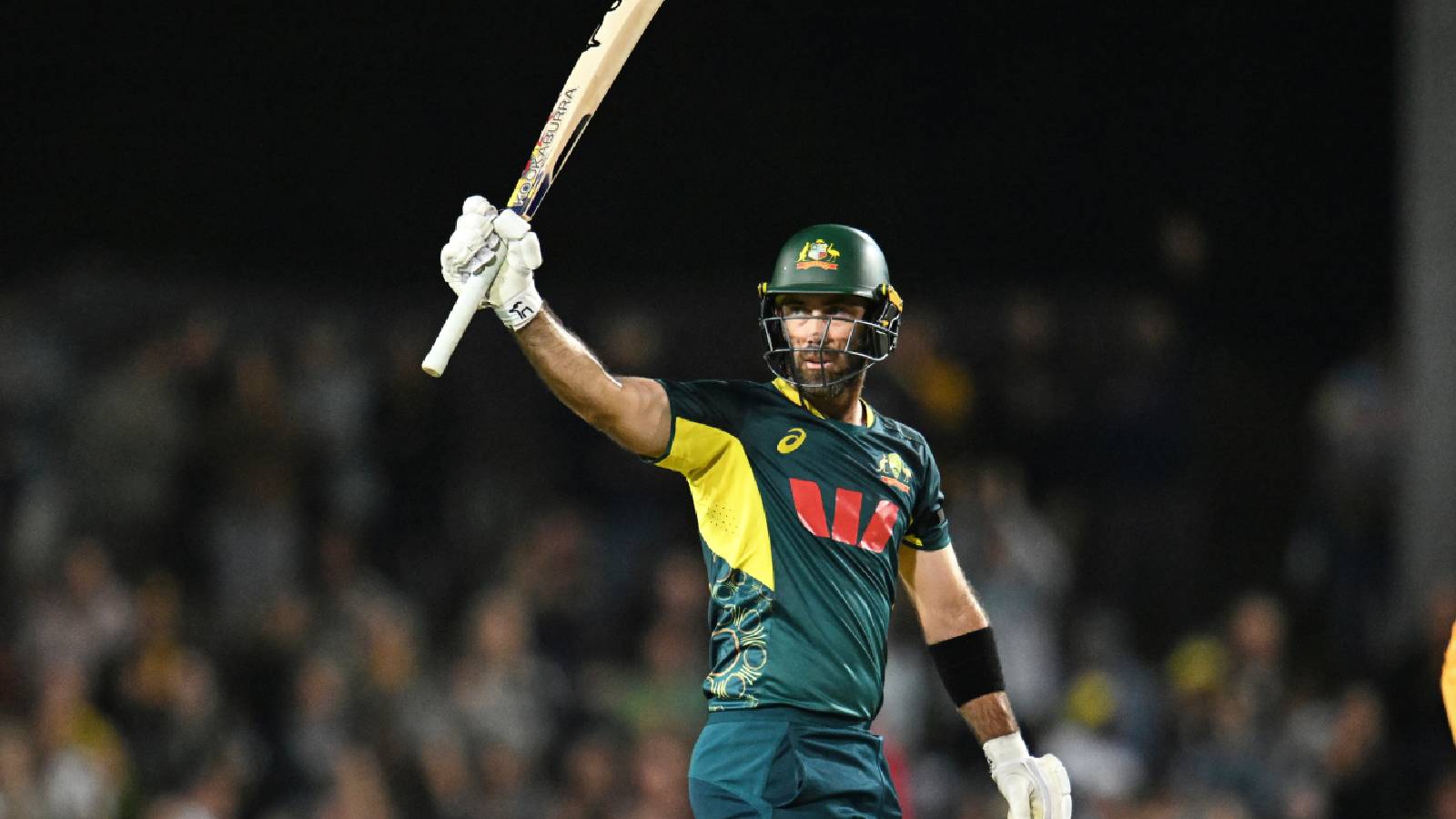ARTICLE AD BOX
Ellyse Perry did it against India. Nadine de Klerk did it against India and repeated it against Bangladesh. For the first time in the history of Women’s ODI World Cups – which predates the first men’s by two years – three matches in one edition have been won by hitting sixes, according to statistician John Leather. It’s also evident now that the power-hitting in the women’s game is at a level never seen before, as Richa Ghosh showed during her stunning knock against South Africa. It isn’t just about the powerfully-built batters though as Bangladesh’s Shorna Akter – just 18 and not the most well-built batter in this tournament – hit three crisp, long sixes against South Africa on her way to the fastest half-century of this World Cup.
So far in the women’s world cup, 64 sixes have been hit at a rate of 111.3 balls needed per six which, if maintained, will break the World Cup record. (111 sixes in 2017). Power-hitting coach Julian Wood, who worked with Shorna Akter and her Bangladesh teammates in a brief stint this year, has noticed a reduction in the gap between the top teams and those below. Wood, who works extensively around the leagues in the world and is now batting coach for Sri Lanka men’s team, explains what it takes to get the power game right in the women’s game, where it is not always just about physical strength.
Excerpts from the interview:
In terms of power-hitting, what has stood out to you in the Women’s World Cup so far?
The batting overall has definitely got better. You’ve obviously got the four main sides: England, India, Australia and South Africa, and then you’ve got the rest. The gap though, I believe, is getting smaller. You look at Bangladesh. The match against South Africa, they should have won that game, how they lost it, I don’t know. I spent three weeks with Bangladesh. Brilliant. Like, Shorna Akter. 18 years old, you know, she’s the future of Bangladesh cricket.
Taking those three sixes that Shorna hit against South Africa as an example, could you just explain how a team like Bangladesh that has struggled in the past in this department has improved now?
There’s this myth that Sri Lanka and Bangladesh players don’t have power. They do have power, it’s just about knowing how to use it correctly. My job was to educate the players on the ways they can use their body movements to achieve this. They’re not physically big. Is it a disadvantage? Yes. But there are ways of doing it, and they’re just starting to find that out now. The key thing for me is mindset, giving them the belief that they can do it, because they get told a lot that they can’t. There are huge expectations in the subcontinent, and they have to deal with that.
If you take Shorna for instance, she’s got long levers, right? She’s not big, but she’s tall. So she needs to use her levers. The reason why smaller batters can hit sixes is that they rely so heavily on the rhythm and timing of their movements. If they try and muscle it, they won’t. The naturally stronger players can tend to get away with muscling it, and they don’t have to be as good. If you look at the men’s game, batters can mishit a shot, and it goes for six. Whereas in the women’s game, they can’t really afford to mishit the balls. If they mishit it, they almost always get out. So they have to be more precise, and they have to be more highly skilled, because they’ve got to get it right consistently.
Story continues below this ad
 Unlike the men, in the women’s game, they cannot afford to mishit the balls for sixes, feels Julian Wood (R). (Punjab Kings)
Unlike the men, in the women’s game, they cannot afford to mishit the balls for sixes, feels Julian Wood (R). (Punjab Kings)
To a layperson, how do you explain the differences in the men hitting sixes and the women hitting sixes?
It’s two different games, all right? You’ve got someone like Andre Russell, who probably weighs over 100 kilograms, and you’ve got someone like Shorna, who’s probably 60 kilograms, if that? So they’re not going to hit the ball as far as the men. It just won’t happen. Plus, the bowling is quicker in the men’s game. If you get somebody bowling at 90mph and you, as a batter, get everything right, you’re going to hit that miles. The women’s game doesn’t have 90mph bowlers. And especially when you look at the spinners in the women’s game, the speeds are very low. So batters have to rely on adding a lot more power. That’s why it’s so important that they understand how they move to create the power needed to hit those big sixes.
So when the pace is not on the ball and you have to transfer your power essentially through the hands and the hips, could you explain the science?
Power comes from the ground up. You need to be strong in your legs; you’ve got to have a strong back leg. We have a thing called the kinetic chain (interrelated groups of body segments, connecting joints, and muscles that work together to perform movements). It goes up through the body and then out through the hands. When you start to move to the ball, you can’t move and then stop and then start again. It won’t work. And that’s where the rhythm, timing, and sequencing of those movements have to be spot on.
Story continues below this ad
Once you get that, then it comes down to wrists. You’ve got a ton of energy stored in your wrists. The wrist snap is like cracking a whip. It’s almost deceleration that cracks the whip. Your bottom hand punches and your top hand pulls. So you get that snap through the ball.
A game-changing fifty by Richa Ghosh, her 7th in ODIs & first in CWC! 🔥
Will she & Sneh Rana steer Team India over the 250-run mark?
Catch the LIVE action ➡ https://t.co/qUAtuPmsC2#CWC25 👉 #INDvSA | LIVE NOW on Star Sports & JioHotstar! pic.twitter.com/r1SyLR4ieB
— Star Sports (@StarSportsIndia) October 9, 2025
So we have a Smriti Mandhana’s bat swing, a Richa Ghosh and Nadine de Klerk’s upper body power, so different ways to skin the cat…
Absolutely. (But) the swing is crucial in both cases. If you start to swing the bat with a slightly angled bat, instead of having your bat directly pointing behind you, if you have like a four-degree shift in your bat angle, that’s actually 12% quicker on impact than you would be if the bat was pointed right behind you. Some people have mechanical swings, some people have natural swings. So, a lot of these T20 players and white ball players now, they don’t really work on their technique, they work on their swing.
In Richa’s example too, it’s not just power, right?
It’s about the transfer of the strength that she has. She’s got a great swing. Her hand-eye coordination is very good. She’s got enough power, but she uses her body efficiently to create that power.
Story continues below this ad
Could you elaborate on how important bat speed is in the women’s game, given that the natural strength is different physiologically?
The harder you swing the bat, theoretically, the harder you’ll hit the ball. But, you hit the ball the best when you probably swing at 85% of your max swing. I use a thing called a pro velocity bat, which is brilliant. It’s slightly overloaded; it’s slightly heavier than a normal bat. It just cleans your swing up. It makes your swing more flowy and more powerful. Because that bat’s slightly heavier, when you get back to your bat, you don’t need to swing at 100%. That’s when you’re in sync and you don’t lose your shape. It helps to measure things too, like the bat speed. There are ways that you can ignite the bat speed.
On the broadcast, Carlos Brathwaite was comparing Nadine and Richa’s style of hitting sixes. He was talking about opening up the hip.
The way you hit the ball hard is when your hands accelerate through the ball. So to do that, you need space. When you get your front leg out of the way, you’re creating space. Once you have the optimum space, the bat can accelerate through that. If you have too much space, you lose control. If you don’t have enough space, you become restricted. So when you step to the ball on the front foot, your hands will go back, then the first thing that goes is your hip. Then it creates an elastic band effect, that’s when the hands fire. That’s called separation. The bigger the separation, the faster your hands will move.
Story continues below this ad
When it comes to teaching power-hitting to Sri Lankan and Bangladeshi batters, is there also a cultural aspect also to it?
Yeah, I think so. There are big expectations by their families, by the coaches, by the administration. I think a lot of it is managing that. I got all the stats from the big three from England, Australia, and India, and then compared them to Bangladesh and Sri Lanka. Things like attacking ball percentage, boundary percentage, dot ball percentage and strike rates, you know. And the gap was huge, right? The big three will keep training and keep getting better. The stats don’t lie. So the other teams, if they keep training the way they are now, day in and day out, the same things will keep happening. That’s what they’re starting to understand now.










 English (US) ·
English (US) ·